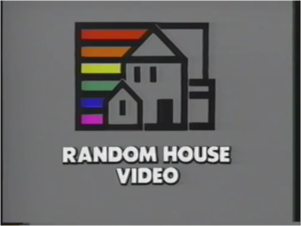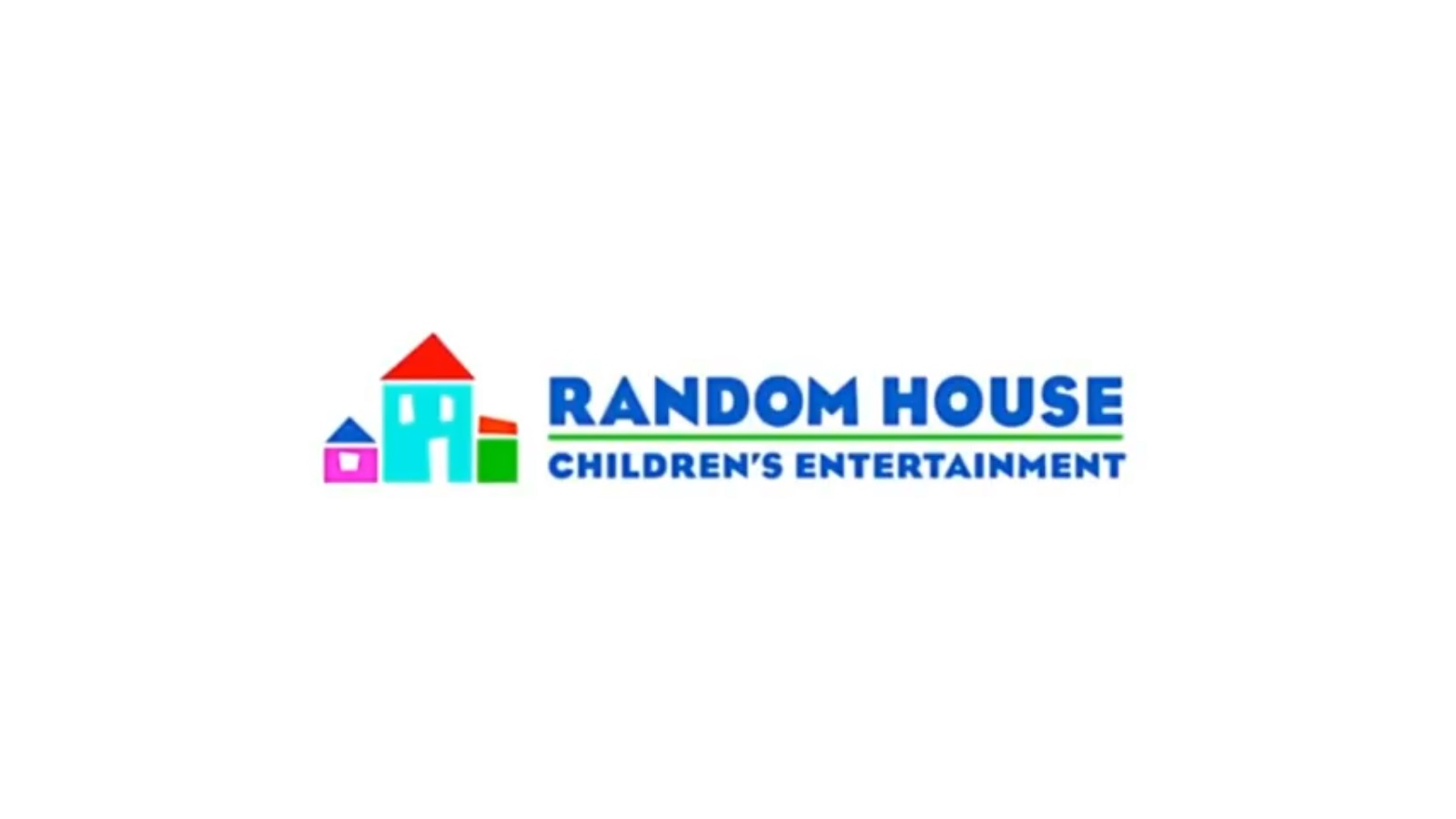

It looks like it was done on an Apple II, and resembles the Playhouse Video logo. Finally, the white words " RANDOM HOUSE VIDEO" with a black drop shadow fly in from the bottom of the house and the rainbow.įX/SFX/Cheesy Factor: Simple 1980s computer effects, so the animation is really, really primitive. After that, a square wipes in behind the house, with five lines in the left side which colors itself in with rainbow colors while the right one stays blank. Another building grows behind it and the last one "slides" from the right side of it, forming a stylized house with heavy black outlines (Random House's corporate logo). Logo: On a gray background, a thick drawing of a small building "slides" up. Yet the two companies have different branding strategies, Penguin being a highly recognizable “branded house” and Random House functioning as a “house of brands.” The new system very deliberately balances both.ĭohle says: “Presenting our new Penguin Random House wordmark side by side with each of our publishing imprint and brand symbols powerfully communicates what makes our company so special: our collective expertise and global scale coupled with our local publishing teams giving diverse and important voices a platform and audience.Nicknames: "Cheesy House", "The House", "The Random House", "Rainbow House", "Rainbow Random House", "Primitive Random House", "Primitive House"
RANDOM HOUSE SERIES
Penguin and Random House both have enduring design legacies: the original Random House logo was drawn by Rockwell Kent, and the classic Penguin cover format was formalized by Jan Tschichold, and there have been countless iconic cover designs, imprint identities and series formats created by both publishers' art directors and other designers over the years. In its lighter weights the typeface has the look and feel of a typewriter font-Shift was originally designed by Jeremy Mickel as an heir to Courier-and it provides a connection to the traditional world of writers and writing. Shift has charm and a literary character, along with good legibility at small sizes.

The wordmark required a typeface that was neutral enough to work with all the different imprint symbols, yet wasn't a cold sans serif. The challenge was to come up with a wordmark that could at once provide a strong endorsement for each of the imprint symbols, and that could in turn gain itself in meaning through association with them. It eventually became clear that it didn’t make sense to create a new symbol for a company that already has 250 symbols, none of which are going away, and each of which has its own heritage and value. To develop the identity, the team explored many different combinations of penguins and houses-one sketch imagined an igloo-as well as abstract symbols that had nothing to do with either. “The basic idea and vision behind Penguin Random House is to find that balance and that synthesis between 250 creatively and entrepreneurially independent publishing houses and the leverage, scale, and possibilities and reach of a global player,” says Markus Dohle, CEO of Penguin Random House. This extends to the corporate identity itself: the US version of the Penguin Random House identity uses the wordmark alone, while the UK version pairs the company name with the familiar penguin. The goal was to create a program that paired global consistency with local flexibility: the identity can be adapted to accommodate the various imprints in territories around the world. The Pentagram team worked closely with Penguin Random House to develop the system. The identity will mainly be visible in corporate communications the various imprints and brand symbols will continue to be used without the pairing-for instance, on the spines of books. The new system replaces an interim identity that paired the two symbols of Penguin and Random House.

(The orange color of the “bookends” is a subtle reference to Penguin’s brand heritage.) Set in the typeface Shift Light, which evokes a typewriter font, the new wordmark underscores the importance of the written word to the company’s culture and work. The logotype may also appear on its own, framed by two rules that “bookend” the mark. Knopf, Crown, DK, Fodor’s, Puffin, and more. The identity introduces a new Penguin Random House wordmark that can be used in conjunction with the logo of any one of the 250 imprints, which include leading literary brands such as Alfred A. Pentagram has created a flexible brand system for Penguin Random House that establishes a new identity for the corporate parent while also preserving and enhancing the individual identities of the group’s 250 imprints. When the two publishing giants Penguin and Random House merged in 2013, the combined companies faced the challenge of merging two iconic graphic identities.


 0 kommentar(er)
0 kommentar(er)
